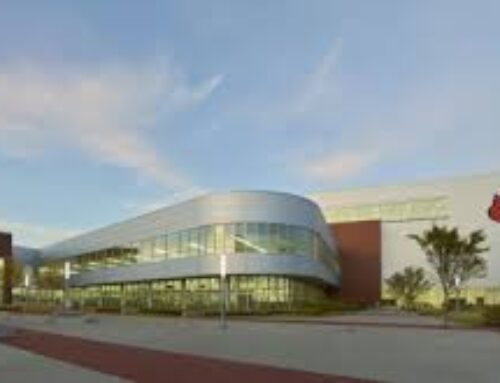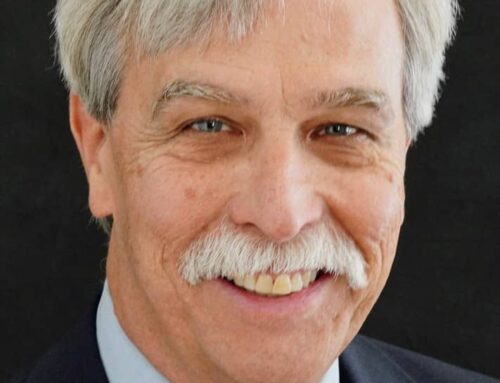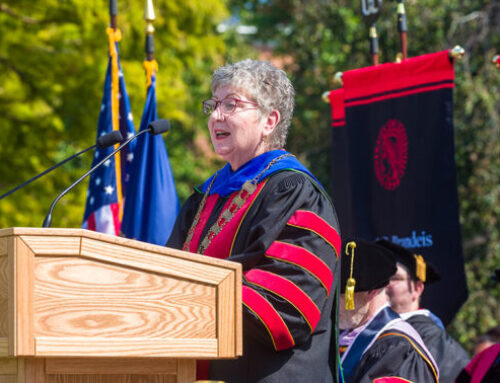By Wesley Kerrick–
Over Winter Break, I read an email about fences going up and sidewalks closing in around the Speed Art Museum. So when I returned to campus, I was ready for that. I’d looked at depictions of what the expanded museum would look like. But on one element of the plans, I was in denial. I should have seen it coming, known it was inevitable. But, I told myself, surely not. Surely they wouldn’t cut down that tree that stood directly in the museum’s advance. Surely they wouldn’t. They couldn’t.
They did.
Upon returning to campus, I peered through the fencing, because something buried inside my denial said I should check. There it was, a stump, sawed cleanly. I was angry.
You see, I happened to know something about that tree: it was the oldest on campus – 362 years old. That means it sprouted around 1650. What was happening in 1650? The United States of America would not be founded till 126 years later. The Town of Louisville would not be founded till 128 years later; the Commonwealth of Kentucky, 142 years later; U of L, 148 years later. If any people lived here, they were Native Americans. Along the Eastern Seaboard, there were colonies. Here’s what AmericanHistory.About.com says was happening in 1650:
•Maryland is allowed to have a bicameral legislature by order of Lord Baltimore.
•Virginia is blockaded by England after declaring allegiance to the House of Stuart.
We have seen that the Speed’s pursuit of creating “one of the finest experiential art museums in the country” supercedes any value museum directors might have placed on the historic tree. I find in that something antithetical to what it means to be a museum. Here’s how Dictionary.com defines that word:
“A building or place where works of art, scientific specimens, or other objects of permanent value are kept and displayed.”
In this case at the Speed Museum, a scientific specimen, an object of permanent value was obliterated, erased from memory without any evident hint of remorse. Granted, it’s an art museum, not a tree museum. But aren’t trees art? Didn’t standing by that tree help us recognize our relative insignificance in the grand scheme of the earth’s history? Didn’t it stand as a monument to the Native Americans who lived here before us, and as a reminder to practice sustainablity?
How do we know the tree was that old? Last semester, I helped Dr. Tommy Parker and the graduate students in his Urban Wildlife Research Lab collect data on all the trees on campus. The’ve got all the data you could possibly want on every tree, available online.
Dr. Parker’s students measured that tree by the museum–height, crown width, and trunk diameter. When they told him their findings, he didn’t believe it, so he went out and measured it again himself. He got the same numbers. They entered their data into a formula for calculating its age, based on ring counts from trees of that species that people in other places have cut down. And the formula Dr. Parker used was one that gives conservative estimates, he said.
I’m sure the expanded museum will be a spectacular contribution to U of L and Louisville. But when a museum seems to hold no regard for objects of value, it leaves me scratching my head.






